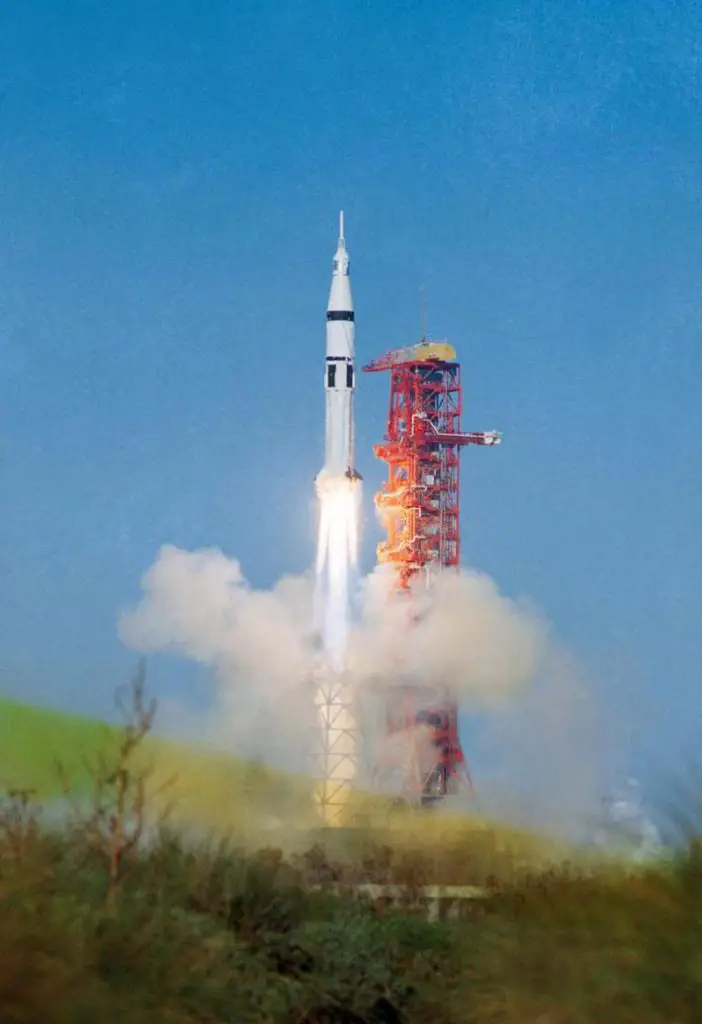
Saturn IB – National Aeronautics and Space Administration
- Family: Saturn
- Length: 43.2 m
- Diameter: 6.61 m
- Launch Mass: 590 T
- Low Earth Orbit Capacity: 21000 kg
The Saturn IB, manufactured by National Aeronautics and Space Administration established in 1958, undertook its inaugural launch on 02/26/1966. Notably, Saturn IB has 9 successful launches and 1 failed attempts, with a cumulative tally of 10 launches, currently with 0 pending launches in the pipeline.
The Saturn IB (pronounced “one B”, also known as the Uprated Saturn I) was an American launch vehicle commissioned by the National Aeronautics and Space Administration (NASA) for the Apollo program. It replaced the S-IV second stage of the Saturn I with the much more powerful S-IVB, able to launch a partially fueled Apollo Command/Service Module (CSM) or a fully fueled Lunar Module (LM) into low Earth orbit for early flight tests before the larger Saturn V needed for lunar flight was ready.